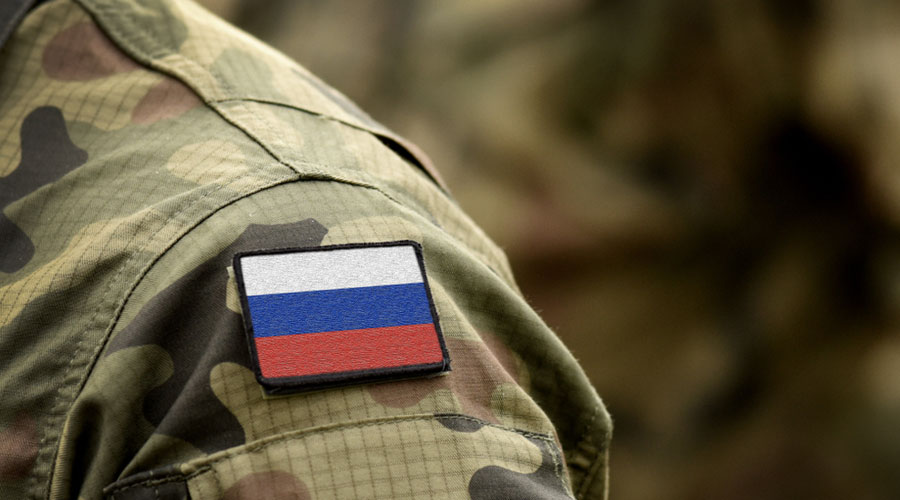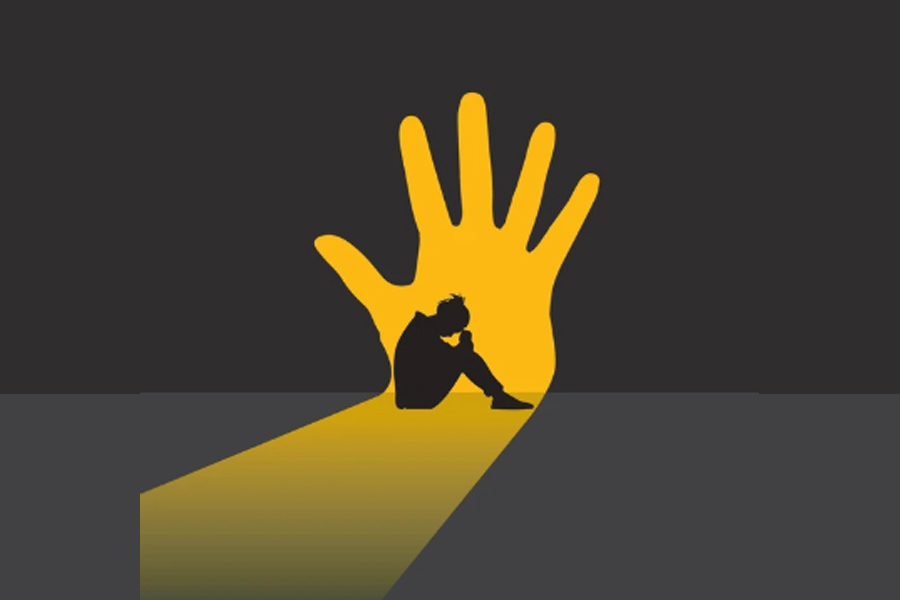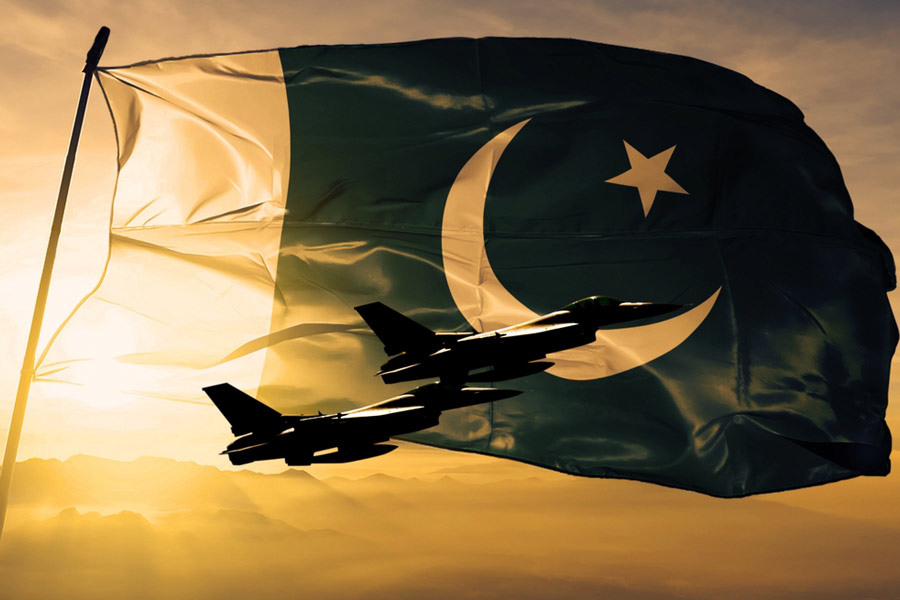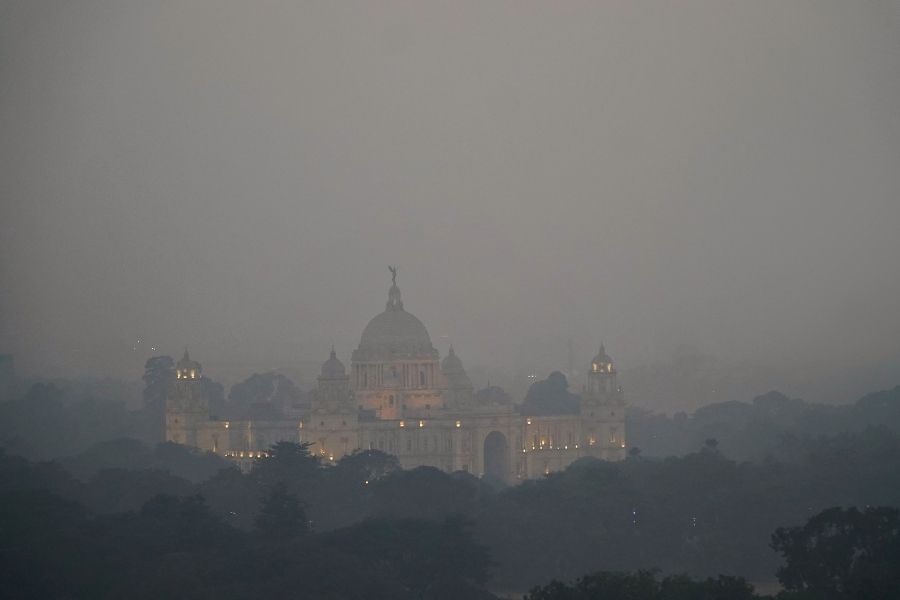As the last civilians were evacuated from bunkers beneath a steel factory in Mariupol, Russian soldiers were dispatched to change road signs leading into the ruined port city — removing Ukrainian and English lettering and replacing it with Russian.
It was the latest example of Moscow attempting to tighten its hold over territories it has seized in southern Ukraine, as its forces step up security and intensify their repressive efforts to bring the regions under the Kremlin’s control.
Russian currency has been introduced in some occupied territories, the internet has been rerouted through Russian servers and workers are being forced to register and receive work permits from Russian proxies installed in local governments. Ukrainian cultural institutions have been looted and Ukrainian memorials to national heroes have been destroyed, according to Ukrainian officials and witness accounts.
In advance of Monday’s Victory Day holiday, Russia sent extra troops to some occupied areas. Ukrainian officials have speculated that Moscow may use the holiday to announce some mechanism — whether a sham referendum or direct annexation — to permanently rip these lands from Ukraine.
“We will integrate with the Russian Federation as much as possible,” said Kirill Stremousov, who was installed by Russian forces as the head of the Kherson region, which Russian forces seized in the early weeks of the war. “All citizens in the Kherson region will have the right to obtain Russian citizenship and Russian passports.”
The deputy of the Kherson regional council, Yury Sobolevsky, said Sunday that Russians are increasing checkpoints, checking documents and searching private vehicles and public buses with the aim of “clearing the region of people who threaten the occupation regime.”
Russia used similar tactics after it backed a rebellion in eastern Ukraine and annexed Crimea in 2014. Russian forces now control the region just north of Crimea, along with Kherson and much of the neighboring region of Zaporizhzhia.
For months, however, the failure to capture Mariupol stood in the way of the Russian objective to firmly connect Crimea to occupied territories in eastern Ukraine, and Russia itself. Now, with only Ukrainian soldiers holding out in bunkers beneath the steel plant and the rest of the city under Russian control, Moscow is seeking to use Mariupol as a showcase to audiences back home, whose vision of the war is blinkered through the tightly controlled lens of state media.
The Ukrainian Main Intelligence Directorate reported that Russian commanders are removing officers from combat and dispatching them to the city to protect visiting Kremlin officials and propagandists.
Local residents in the city of Energodar, in Zaporizhzhia, were stripped of their identification documents and told they could collect them Monday at a government office. The goal, according to Ukrainian officials, is to gather a large number of Ukrainians in one place on the May 9 holiday to create a scene that could be used in Russian propaganda.
Denis Pushilin, the leader of a Russia-backed breakaway territory in the eastern region of Donetsk, visited Kherson last week and said that the local leaders assured him the region will “strive to become a subject of Russia” and “will resemble something close to Crimea.”
But Ukrainian officials have vowed to drive the Russians from the occupied territories. Ukraine’s minister of defense, Oleksii Reznikov, said that the brutality of the Russian forces is driven by anger over the fact that they were not greeted as liberators.
“They essentially took revenge and retaliated further against Russian-speaking Ukrainians who did not meet them with flowers, as they had dreamed they would in the street, in the square,” he said.
The New York Times News Service










